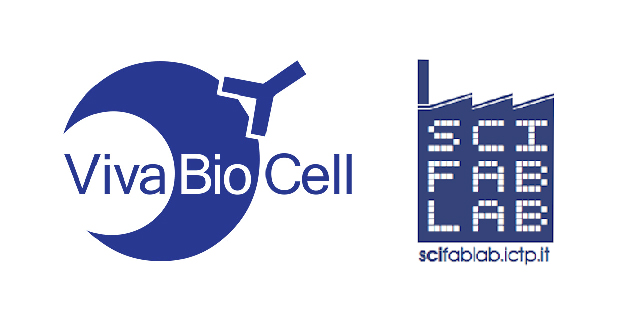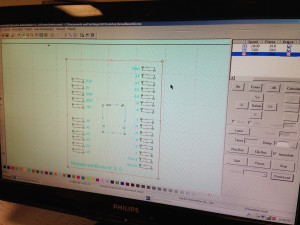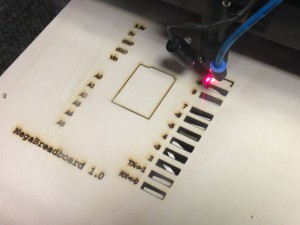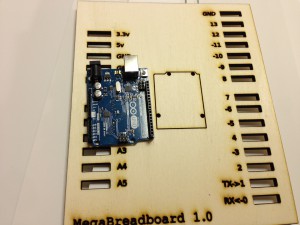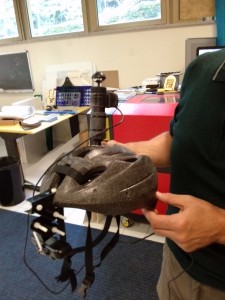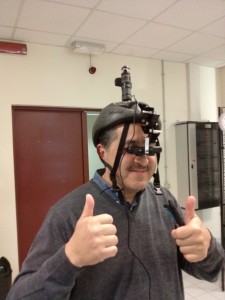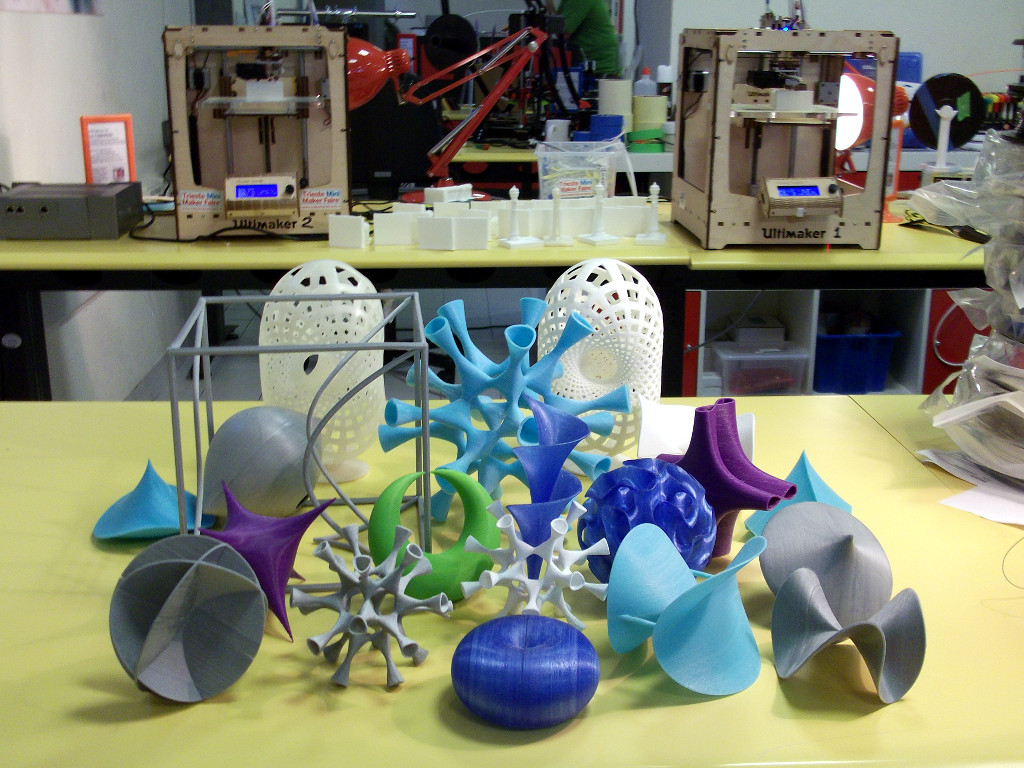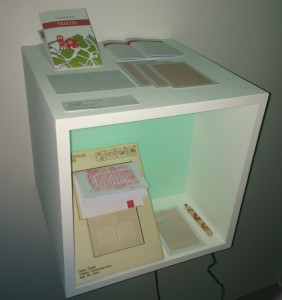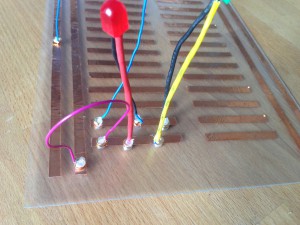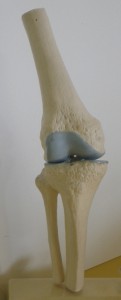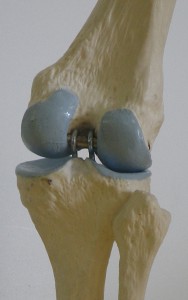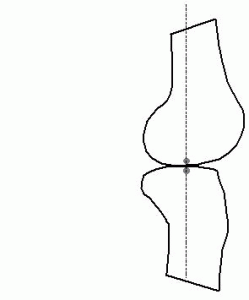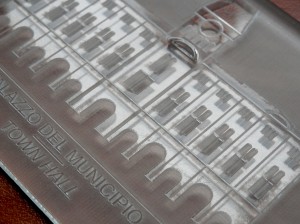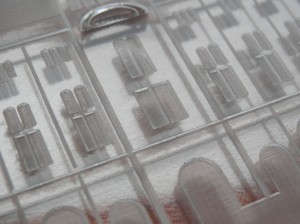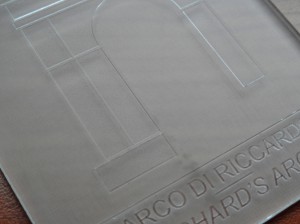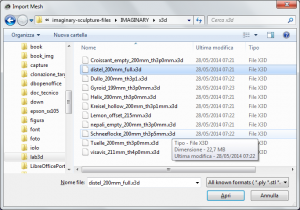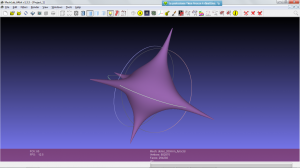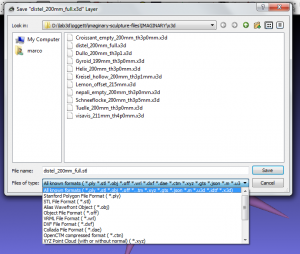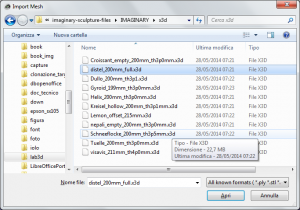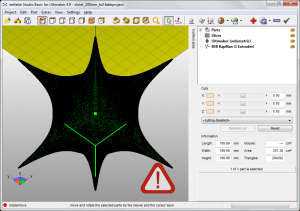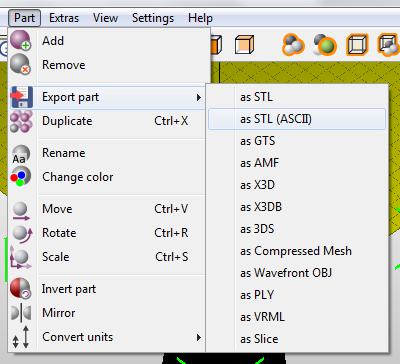VivaBioCell è una società impegnata nello sviluppo di tecnologie di medicina rigenerativa.
In questo ambito detiene una serie di brevetti internazionali.
Le soluzioni prevedono l’impiego di un oggetto (Scaffold) di materiale biopolimerico appositamente popolato di cellule staminali autologhe e adulte.
Nell’ambito della piccola ortopedia, la società è impegnata della ricerca di soluzioni che consentano la personalizzazione della forma dello Scaffold a quella del difetto dell’osso da rigenerare.
La tecnologia del 3D printing è ideale a questo fine, tuttavia i produttori di stampanti 3D attualmente non trattano lo specifico materiale biopolimerico di VivaBioCell.
Insieme al SciFabLab dell’ICTP, VivaBioCell sta dimostrando la fattibilità del 3D printing per questo biopolimero. In tal modo, la piccola azienda potrà contattare i produttori essendo già in possesso della proof of concept.
Con il contributo dell’ICTP SciFabLab si potrà velocizzare l’arrivo sul mercato dei prodotti di VivaBioCell.
Da sottolineare anche l’interesse per l’impiego nel trattamento di malattie come il labbro leporino (labiopalatoschisi), molto diffuse in alcuni Paesi in via di sviluppo che sono centrali per la mission dell’ICTP.
